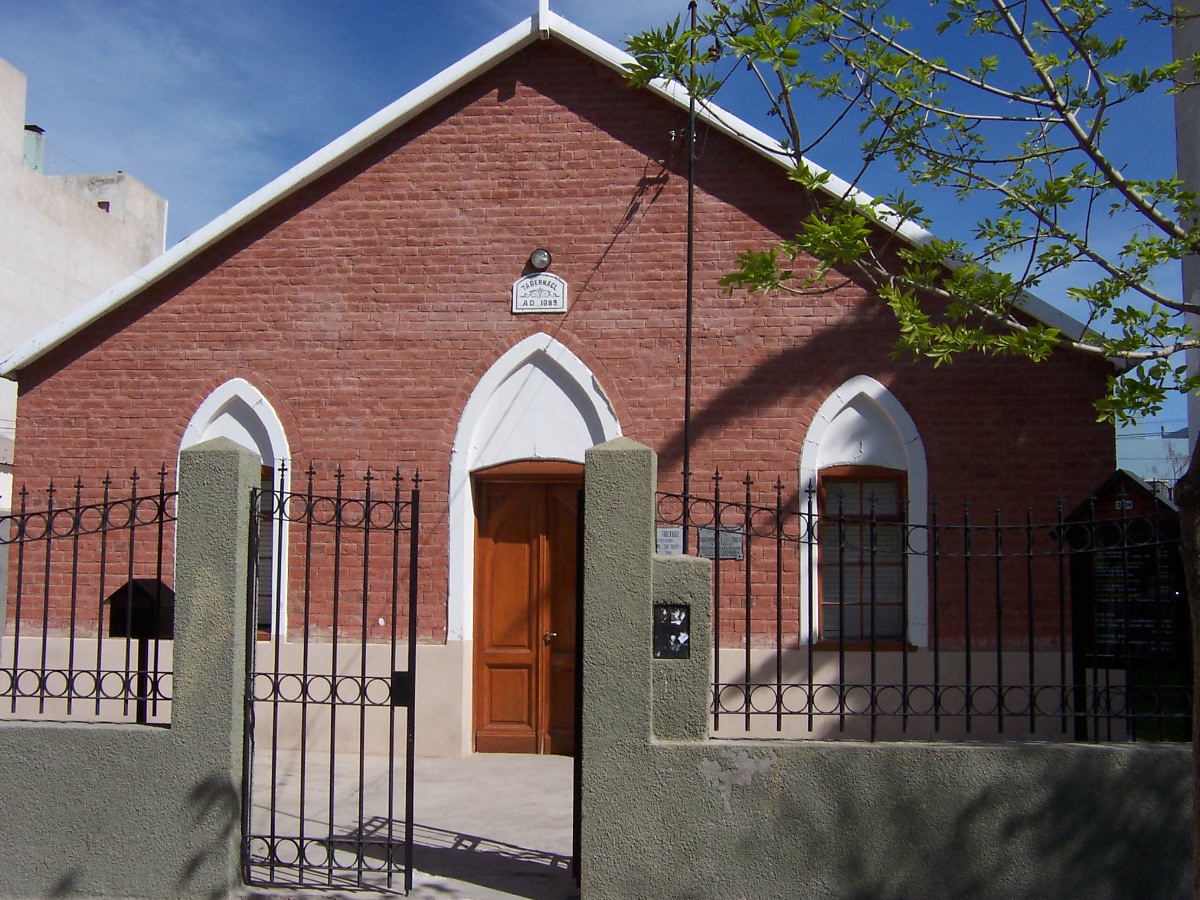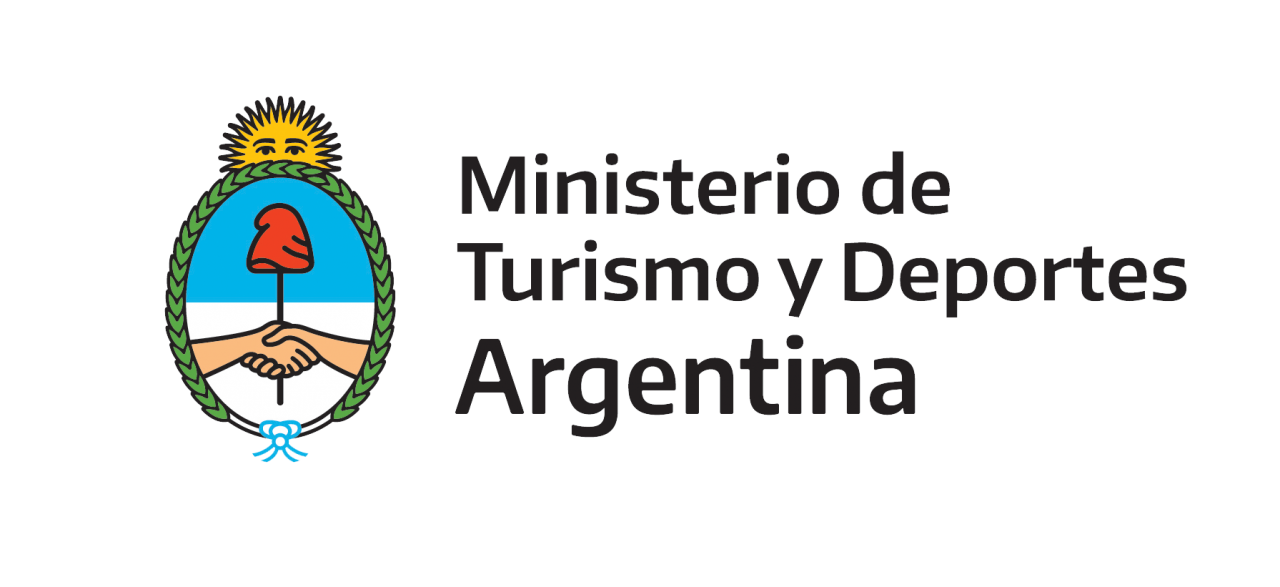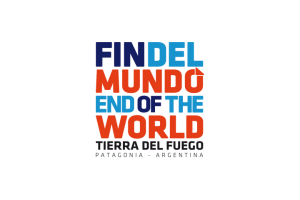Cultural Tourism
Millennial culture
Patagonia Argentina protects and showcases at all times its ancient culture, one of the most powerful signs of its identity. The history of the native people, their art forms, traditional festivals, endless magical stories and legends contrast with the more modern expressions of art in a wide range of museums and events that form a cultural scenery rich in nuances. Throughout its entire territory the visitor will be dazzled with a culture deeply rooted in its origins. The most diverse towns and large Patagonian cities offer first-class hotels,delicious regional cuisine and cultural tours that promise a different and enriching journey.
Artisan markets of Patagonia
Artisan markets of Patagonia. Click here to access
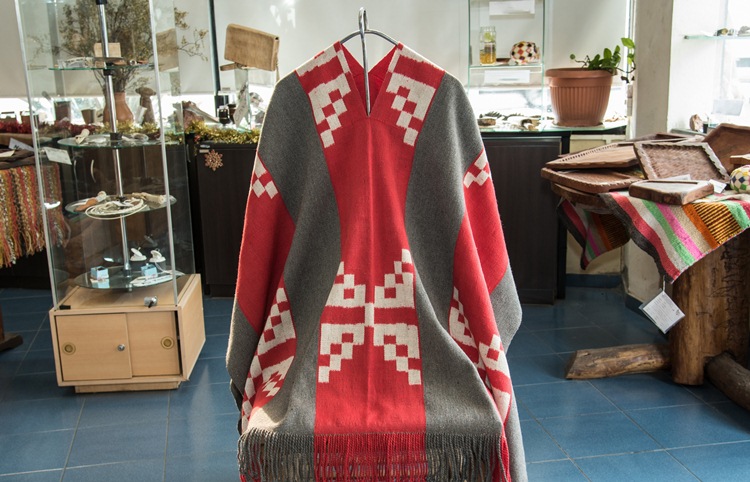
Mysticism and culture in the End of the World
The traditional Longest Night Feast in the city of Ushuaia, held every June 21 celebrates with different shows the welcoming of winter activities in Tierra del Fuego. Throughout the year, legends, art and museums surprise visitors who come to the province. Stories of the local pioneers and the indigenous culture are showcased in various picturesque museums- the Museum of the End of the World, the Maritime Museum and the Museo Mundo Yamana from Ushuaia, the Acatushún in Estancia Harberton or Monsignor Fagnano Regional Museum in the city of Río Grande.

Traditions and architecture in Río Negro
The valuable architectural heritage and cultural events related to music, literature and art shine brightly in the city of San Carlos de Bariloche, one of the most famous tourist destinations in Patagonia in the province of Río Negro. In El Bolsón, Bosque Tallado stands out for its originality. The monument to Ceferino Namuncurá is a tribute to the oldest ancestors and religious beliefs in the small town of Chimpay.
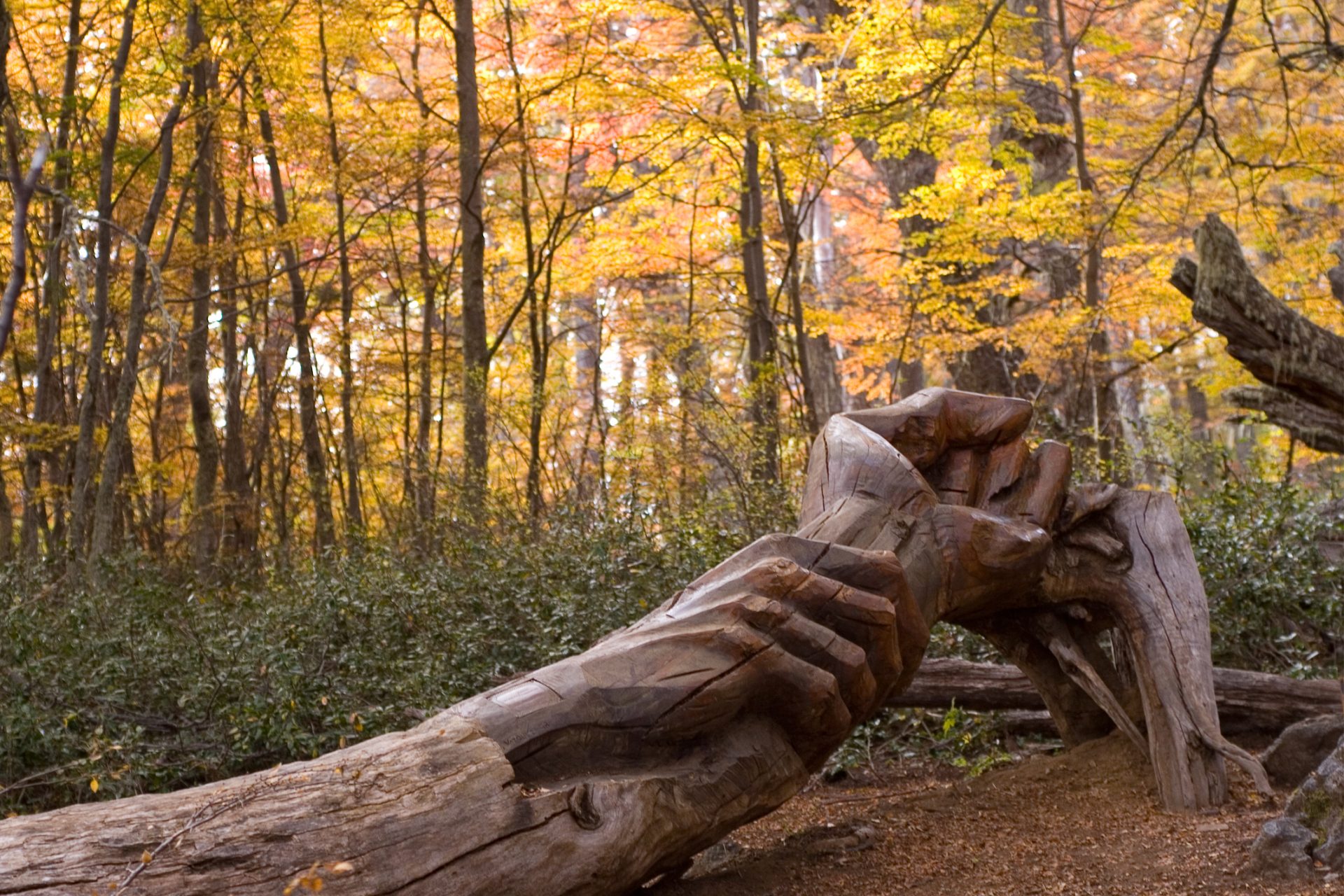
La Pampa, mosaic of races
Important migratory processes branded the culture in La Pampa. Speakers of different languages still retain their ancient customs. This is the case of the Mennonites, originally from Holland, who still keep their cultural traditions, their language and their economy. The colony, at 40 km from Guatraché, can only be visited with an authorized community guide. Festivities, especially the National Day of Dressage and Folklore and the Provincial Festival of Salt characterize the Pampas identity. Also the provincial capital city offers different visits and tours such as the Museum of Arts, the Museum of Natural History, Provincial Archives, the Municipal Cultural Center, the Spanish Theatre, the Cathedral and the craft market in the city of Santa Rosa. The Museum Atellier Ortiz Echague in Estancia La Holanda, near the colorful town of Carro Quemado or Pulpería Chacha – rramendi, complete a diverse cultural program. The Museum El Castillo at Luro Park Reserve; the Casa de la Cultura Olga Orozco- Argentine renowned writer- in the town of Toay; and religious tourism trail offered by “Cristo de la Salud” do not cease to amaze visitors. The town of Victorica has historic parks and places that can be visited and, in Jacinto Arauz, a museum honors René Favaloro, who began his brilliant career as a doctor there.
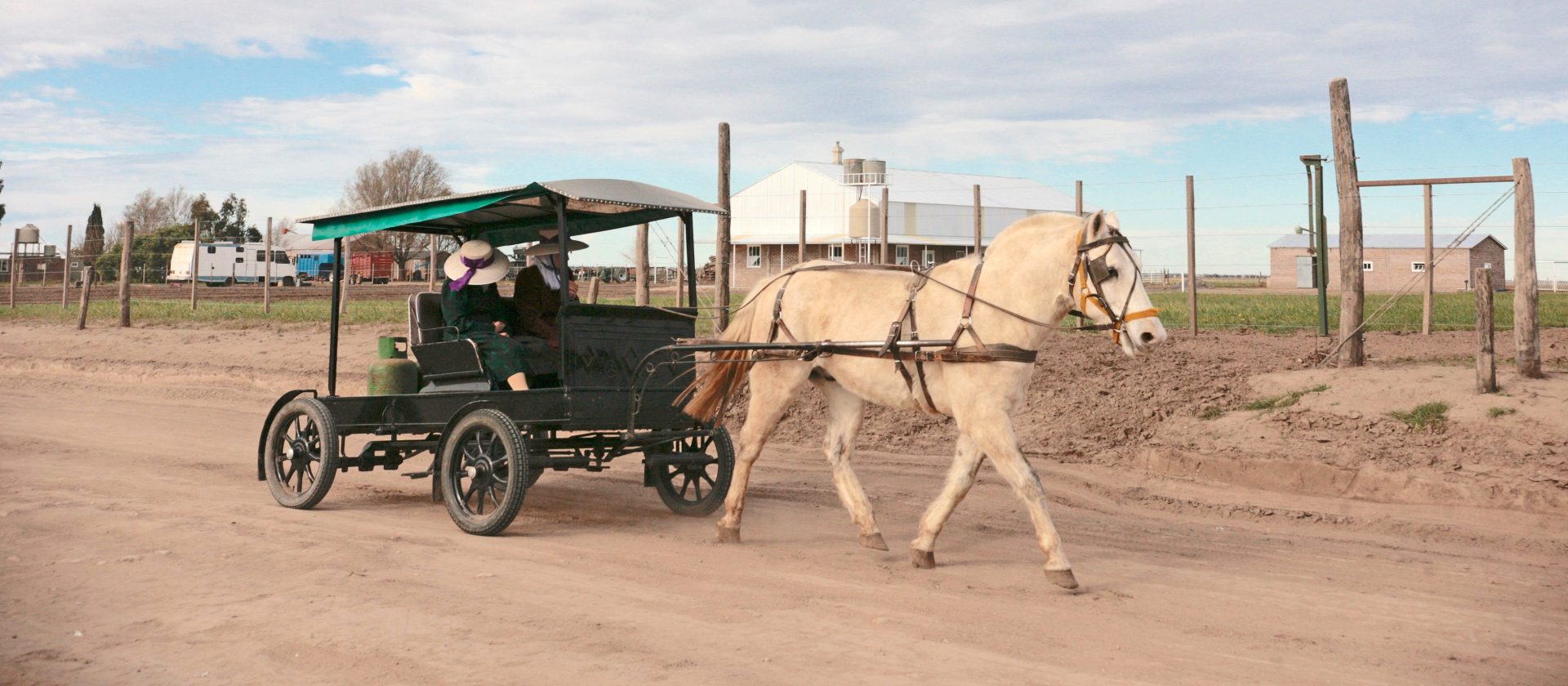
Historical Ports and Museums in Santa Cruz
Ports offer a different way of getting to know the culture of a people. Declared historic landmarks, the port of Santa Cruz offer visitors a different view of the Patagonian culture and of the early navigators who reached these distant lands: Port Santa Cruz; Puerto Deseado, discovered in 1520 by Magellan; Pavón Island, where the first white woman lived in Patagonia and Puerto San Julián, where the famous English pirate Francis Drake made a stop are some attractive destinations for history lovers. The city of Río Gallegos offers five interesting alternatives: Regional Provincial Padre Manuel Jesús Molina museum, Pioneers Museum, the Malvinas Argentinas Museum, the Museum of Art Eduardo Miniccelli and the Naval and Maritime Museum of Patagonia Austral. Also, Salesian Father Jose Maria Beauvoir Museum can be visited in Puerto Deseado, the Regional Marine Art Museum in Puerto San Julian and Carlos Borgialli Regional Museum in Puerto Santa Cruz; where art, history and culture come together in a captivating display.
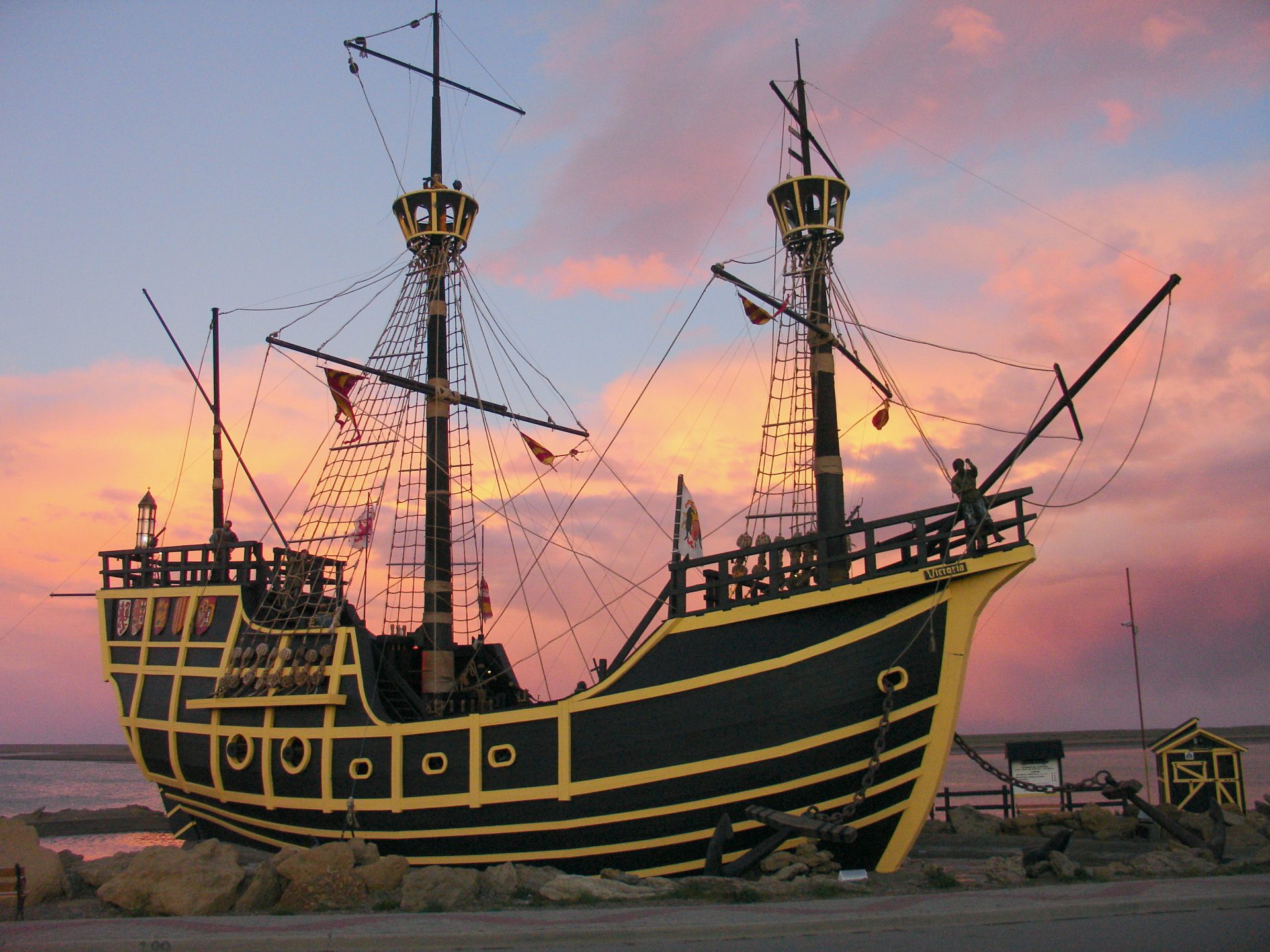
Millennial Culture in Neuquén
Mapuche communities and festivals where music and dancing are always present give Neuquén and their people a strong sense of cultural identity. Wood crafts and silver – crafts made with techniques inherited from generation to generation are produced by men and women, proud of their land. Known as the City of the Arts, San Martín de los Andes offers an authentic cultural scenery that ranges from its renowned sculptural expression to all ways of art. In Junín de los Andes, the Via Christi in the Cerro de la Cruz, in the famous ancient cemetery Cacique Namuncurá displays life-size sculpted figures that attract processions from different parts of the province and receives thousands of visitors every year. Among museums in Neuquén, the highlights are the recently opened National Museum of Fine Arts of the City of Neuquén – only branch of the National Museum of Fine Arts apart from Buenos Aires- with a permanent exhibition and an annual program that offers varied options of renowned contemporary artists and history of art.

Picturesque museums portray Patagonian Chubut
The unique cultural history of the province of Chubut and Patagonia can be reconstructed by visiting its incredible museums: Gaiman Regional History, the Museum of History of Rawson, the Flour Dolavon Museum, Petroleum Museum of Comodoro Rivadavia, the Regional Museum Sarmiento, Leleque Museum, The Mill Museum of Trevelin, the Railroad Museum of Maiten, the Oceanographic Natural Sciences Museum and the Ecocenter of Puerto Madryn, the Pueblo de Luis Regional Museum and MEF in Trelew, among others. Gaiman and Trevelin introduce the Welsh community in Patagonia, enjoying their ancient culture: the rite of Welsh tea, the intact culinary customs of a people who made history in the region.
